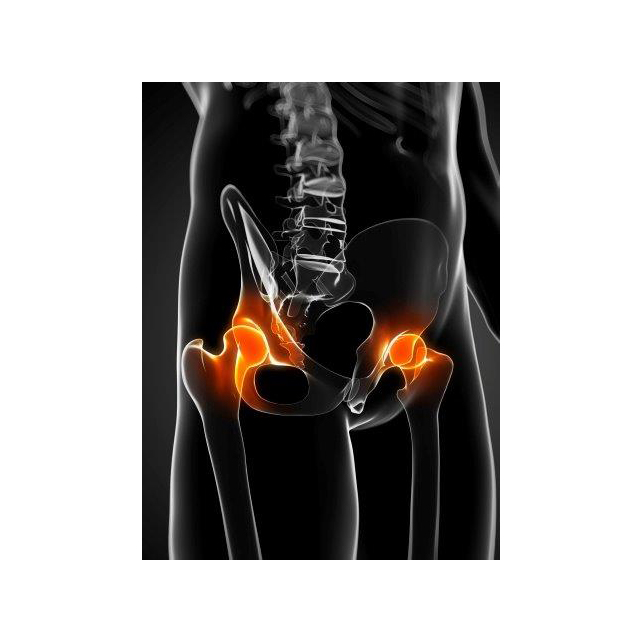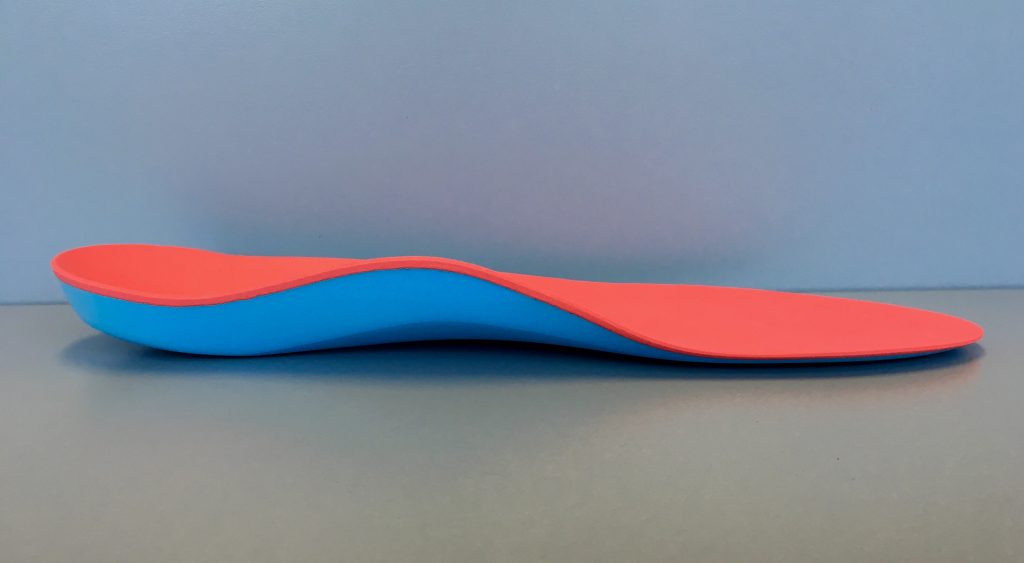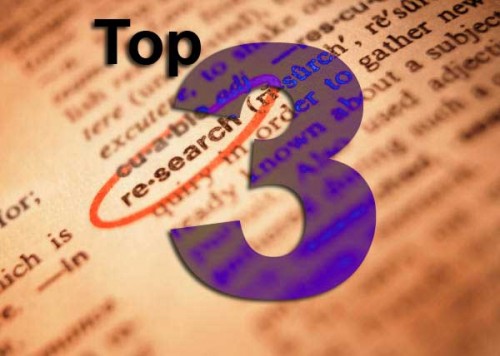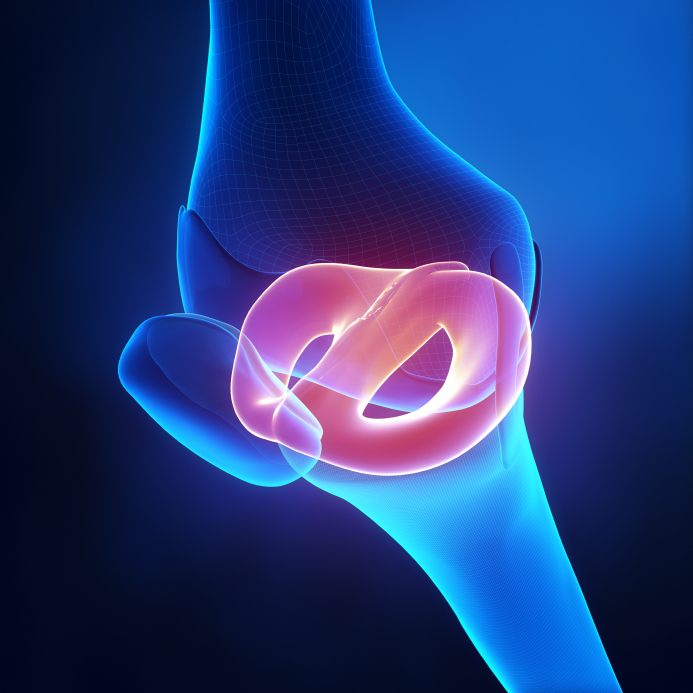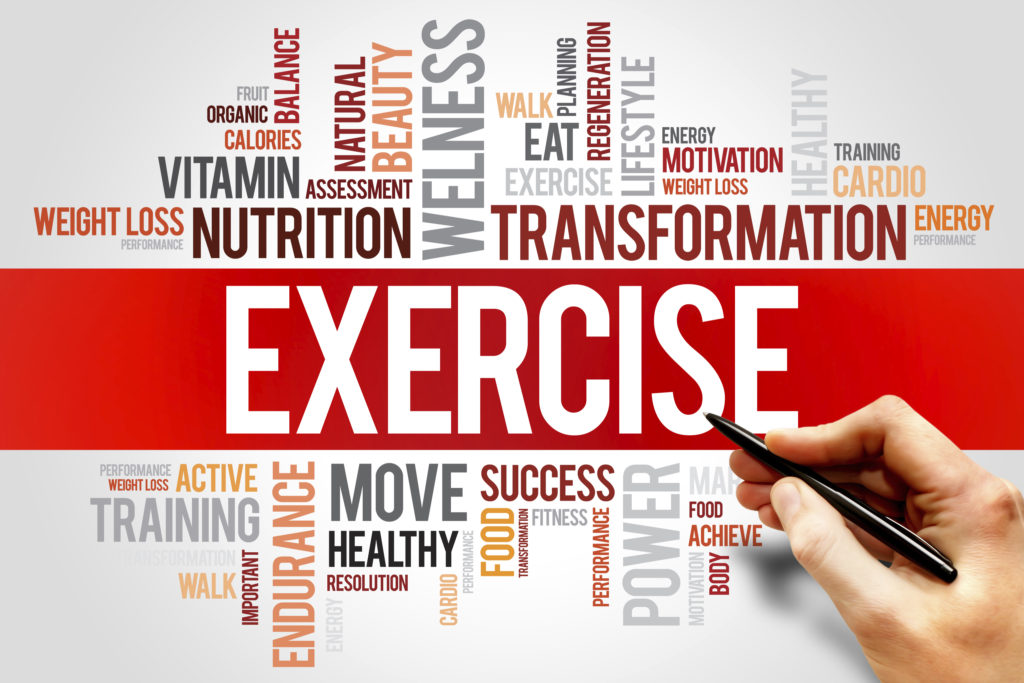
Josh Heerey, Physiotherapist and PhD candidate at LASEM discusses current trends in research and evidence based assessment of the hip with Dr Joanne Kemp References Is quality of life following hip arthroscopy in patients with chondrolabral pathology associated with impairments in hip strength or range of motion? Hip chondropathy at arthroscopy: prevalence and relationship to…read more

